
Sensor: 40.2MP X-Trans CMOS 5
Processor: X-Processor 5
Stabilisation: 6.0-stop IBIS
AF system: 425-zone intelligent hybrid AF
Viewfinder: Hybrid OVF/EVF, 3.69M dots
Display: 3.0-inch tilting LCD, 1.62M dots
ISO range: ISO 64-51,200 (Expanded)
Max video resolution: 6.2K @ 30p
Connectivity: USB-C, Micro HDMI, 2.5mm mic/shutter release
Storage: 1x SD/SDHC/SDXC UHS-I
Wireless/bluetooth: Wi-Fi & Bluetooth
Battery life (CIPA): 450 shots
Size/weight: 5 x 2.9 x 2.16 inches; 18.3 ounces
The Fujifilm X100V has been the darling camera of Instagram and TikTok for a while now, thanks mainly to its handsome design, retro controls and the lovely-looking images it produces.
Its successor, the X100VI, is generating an equal amount of excitement — and an equally long backlog of orders. But while the hype may be entirely familiar, the camera itself isn’t. Fujifilm has packed the X100VI with some pretty hefty specs, akin to those found in its professional and enthusiast cameras like the Fujifilm X-H2/S and the Fujifilm X-T5. There’s the 40MP sensor, Fuji’s latest AF algorithms, plus a 6.0-stop IBIS system.
According to Fujifilm itself, the X100 Series ethos is to allow users to “enjoy photography in its purest form”. But does that mantra really align with all the high-tech systems, features and photography aids stuffed into the new camera? Find out in our Fujifilm X100VI review.
Fujifilm X100VI review: Price & availability

The Fujifilm X100VI was released in Spring 2024 and costs $1,599 / £1,599. Availability can currently be summed up as ‘non-existent’, with no reprieve in sight. While I’m writing this, The X100VI is completely out of stock on Fujifilm’s U.S. site, while its E.U. and U.K. shop features a note apologizing for the camera being completely out of stock — “This is due to unprecedented demand for the camera.” What a shock. Did Fujifilm really not anticipate this demand? I’m feeling awfully cynical.
Until Fuji catches up to demand (if it chooses to), prospective buyers of the X100VI will be at the mercy of long wait times or scalpers inflating used prices.
Fujifilm X100VI review: Design
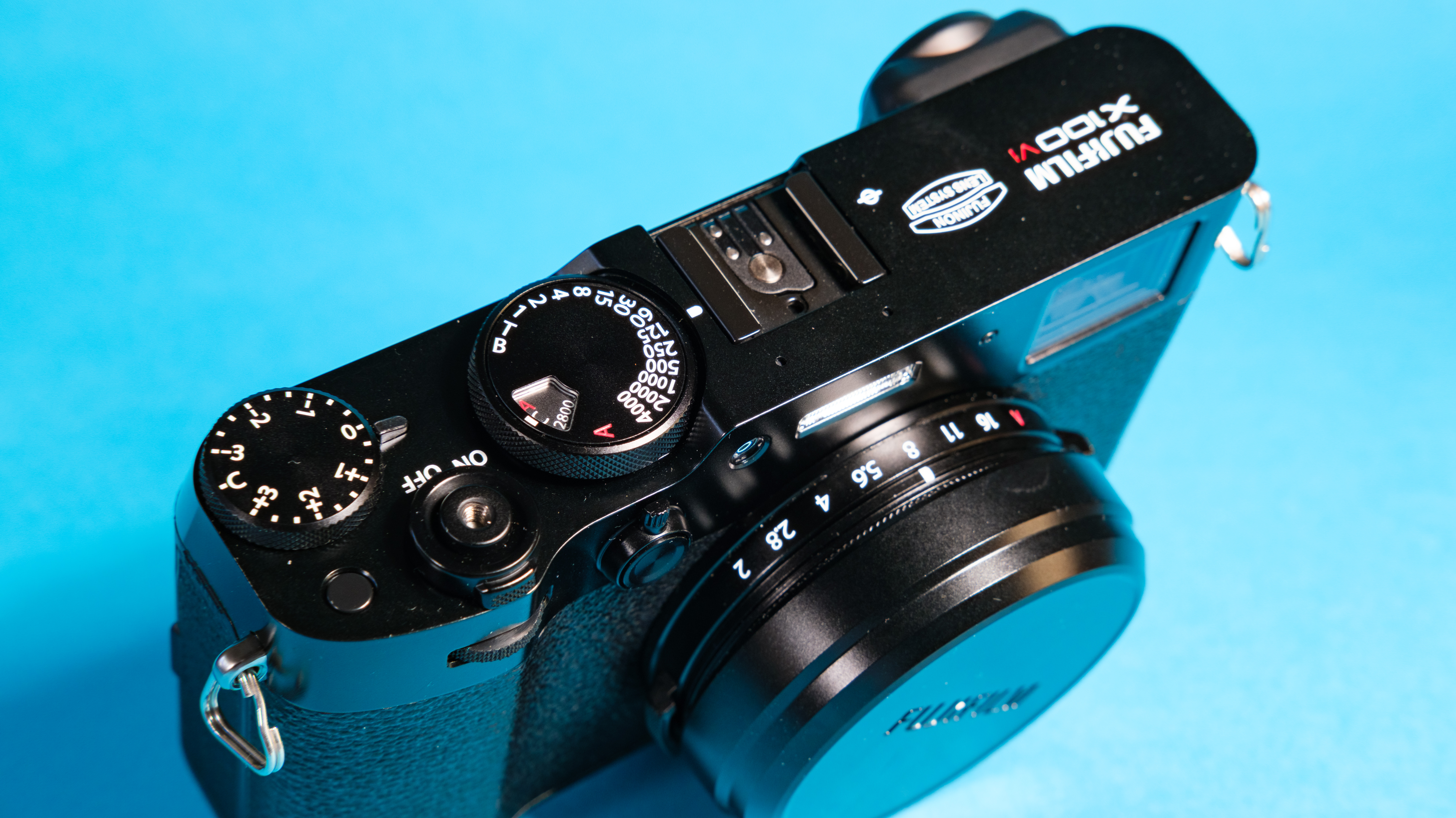
The Fujifilm X100VI is technically a “compact camera,” a class whose only real definition is having fixed lenses. Compact cameras don’t actually have to be that small — indeed, measured against point-and-shoot compacts, the X100VI is rather large, weighing 18.3 ounces and measuring 5 x 2.9 x 2.16 inches.
However, by the standard of today’s best mirrorless cameras, against which the X100VI’s performance is fairly judged, it’s incredibly dinky. It’s also only an ounce heavier and a fraction of an inch bigger than the X100V — especially impressive given the new model features in-body image stabilization. Fuji has laid to rest the notion that IBIS was unnecessary in a camera like this: the gains not worth the subsequent sacrifices to size and weight. Now we can have our cake and eat it.

As you’d expect from Fujifilm, build quality is fantastic. All dials clunk firmly and buttons press with decent haptic feedback. The body is constructed of lightweight metal, wrapped in grippy rubber, which both feel premium.
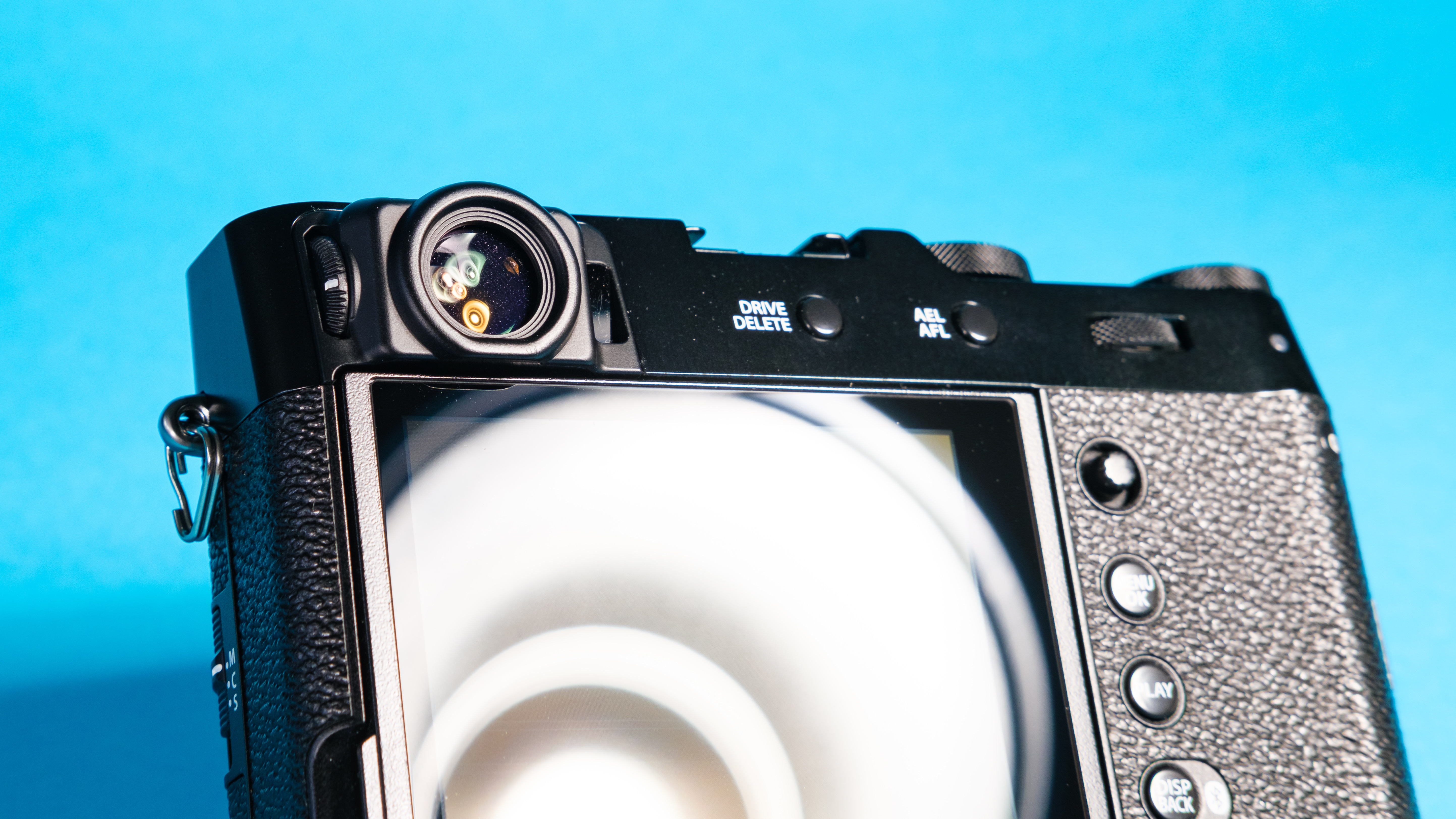
There is a hybrid EVF/OVF viewfinder, toggled by a lever on the front of the body. The OVF offers users a classic rangefinder shooting experience. The boundaries of your photographic frame are marked, and key settings are still displayed via a digital HUD, which is super neat. The 3.69M dot EVF is bright, with enough resolution for playback and focus checking. In addition, there’s also a flip out rear display, clocking in at a modest 1.62M dot resolution.

There is a USB-C port for charging and data transfer, a micro-HDMI port for hooking up to a monitor and a dual purpose 2.5mm external mic and shutter release port. For storage, the X100VI gets only one card slot, which is expected on a camera this size and for the non-professional market — it’s only UHS-I though, which is less than ideal for writing those large 40.2MP RAW files.
Fujifilm X100VI review: Controls
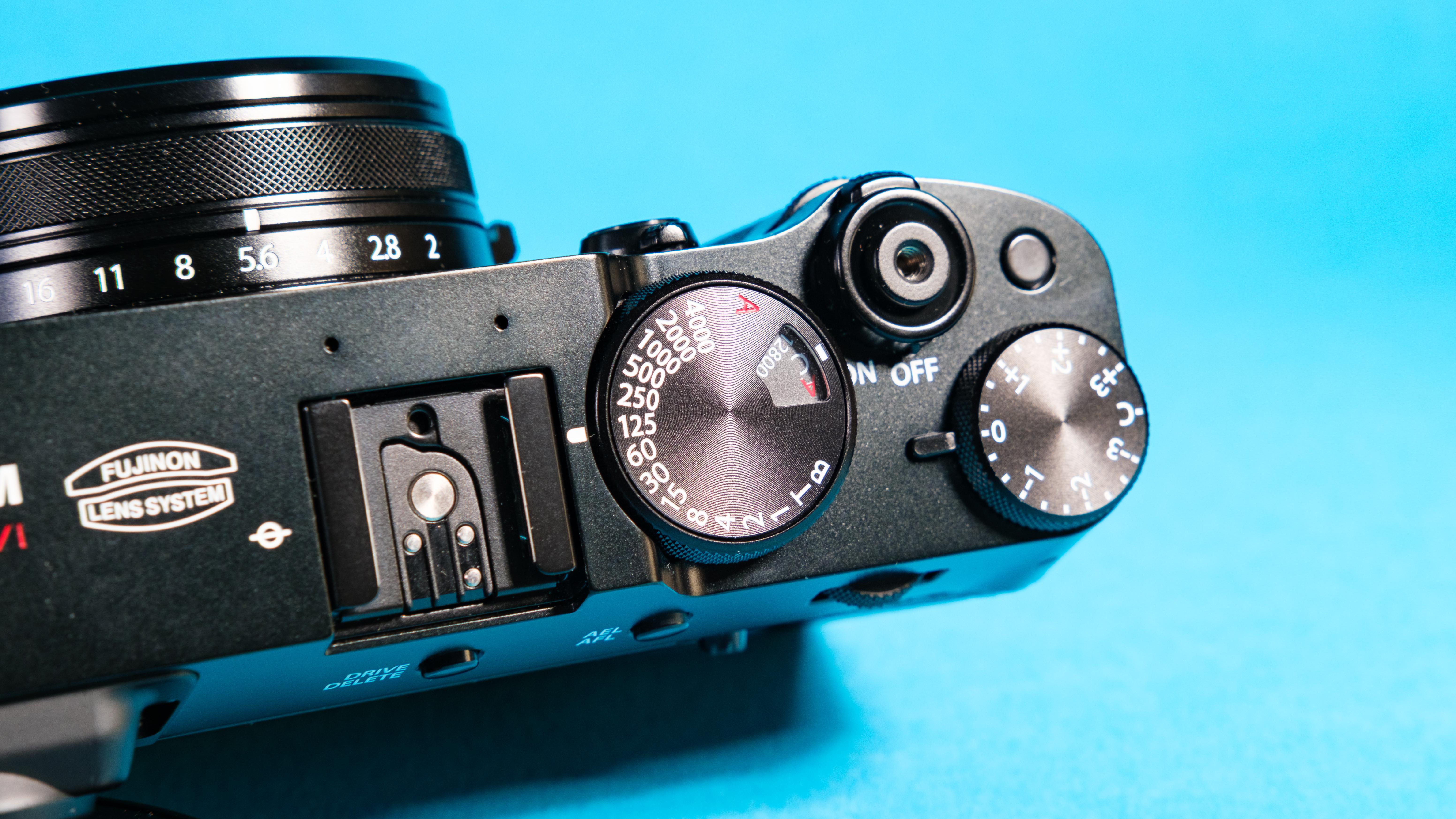
The Fujifilm X100VI features Fuji’s trademark retro controls. On top is a dual dial for shutter speed and ISO, plus two command dials which can be assigned to shutter and ISO. Aperture is adjusted via the lens. These controls are a big draw for many to Fuji’s retro cameras, as they make for an engaging manual (or semi-manual) shooting experience — the X100VI is no exception to that rule.
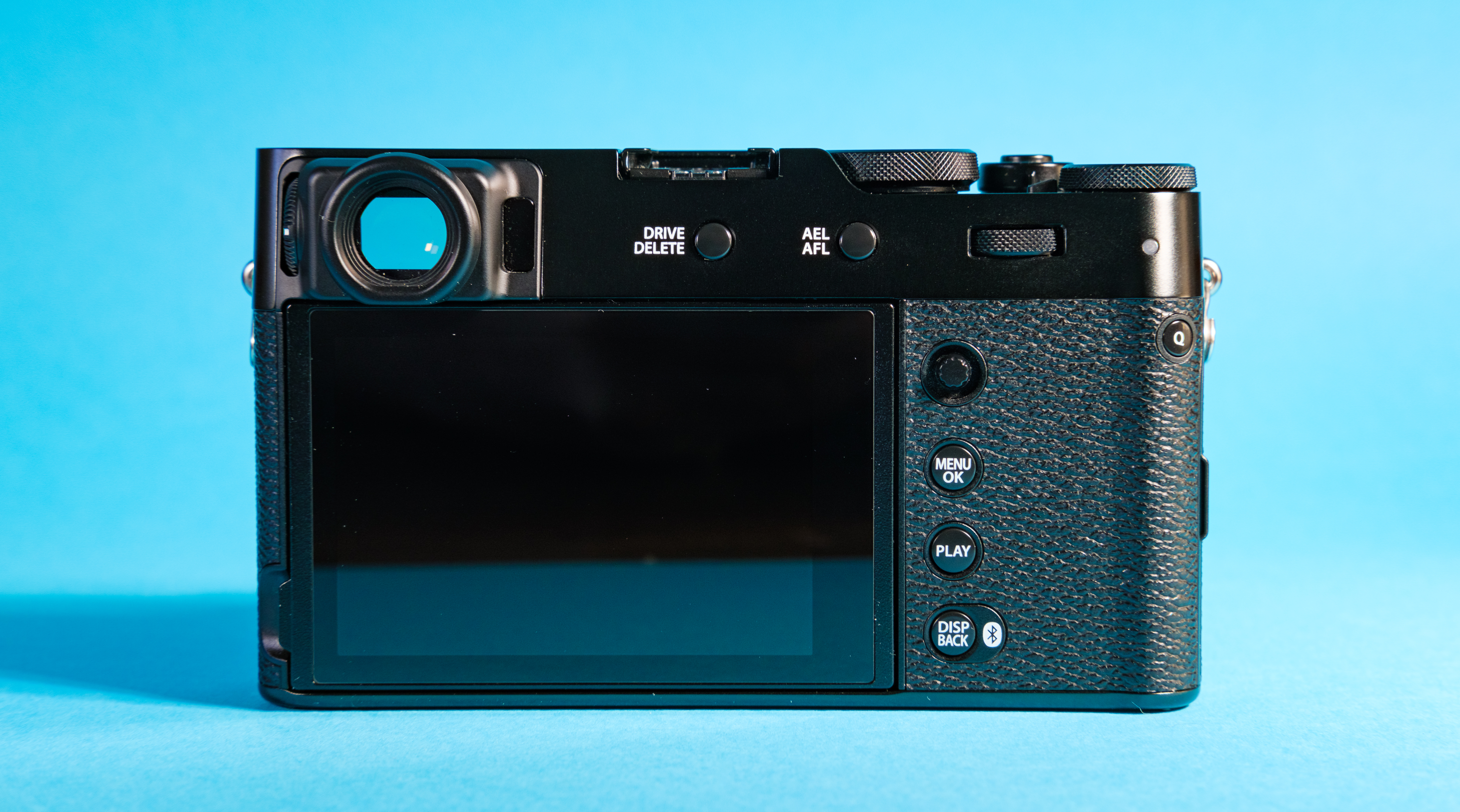
On-body controls aren’t plentiful — there are only a couple of Fn buttons — so just like the pared-back Fujifilm X-E4 and X100V before it, the X100VI still demands thought and can be challenging to use at speed. It strikes just the right balance though, proving challenging and rewarding without being frustrating. Besides, most controls are remappable, so it isn’t like you’re totally without customization options.
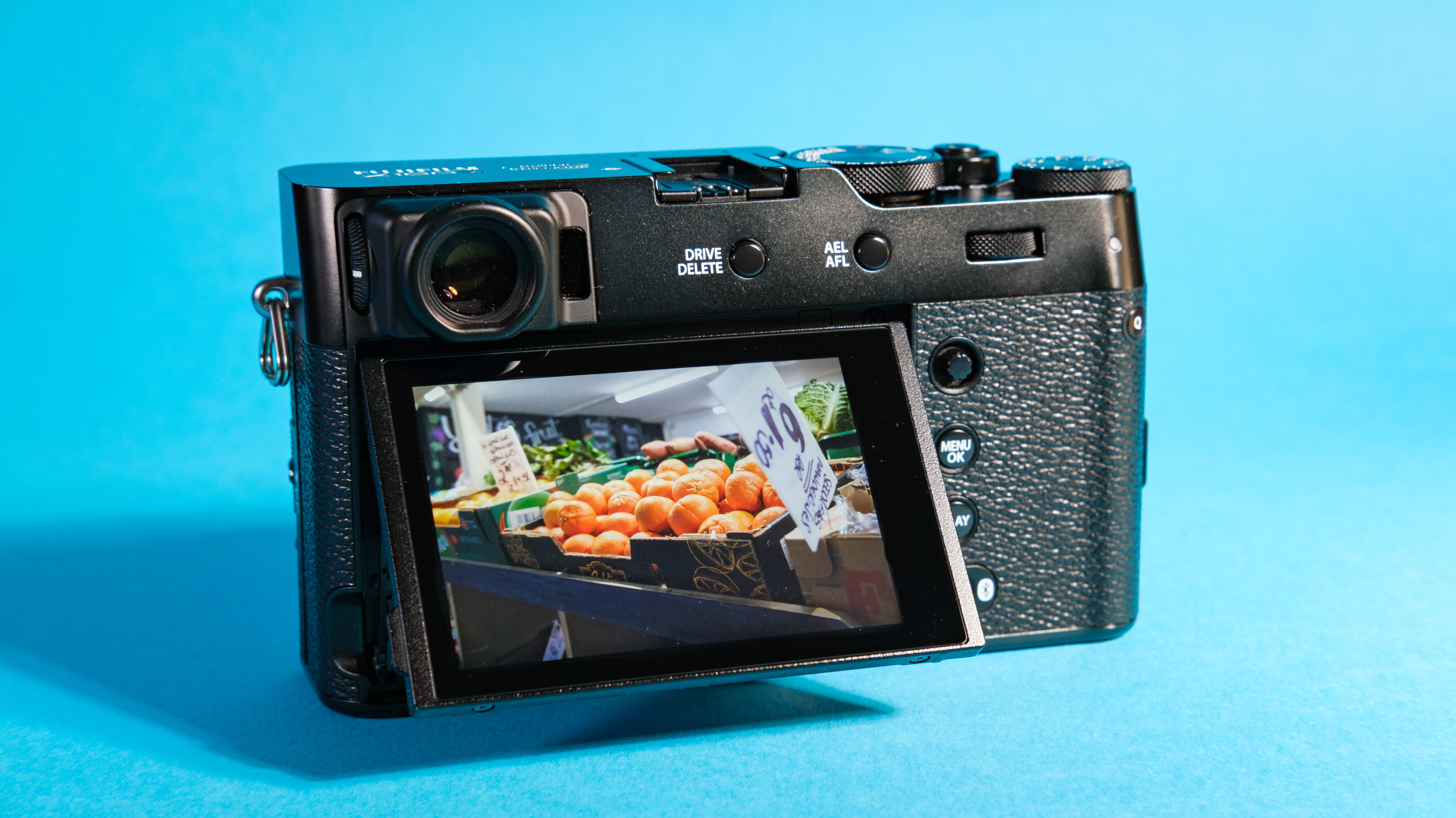
The X100VI’s menu system is the same as that on the X-T5, X-H2 and X-S20. If you’re used to it, it’s fine, but odd nesting choices can be a little annoying and time consuming, even to experienced users like me. As with the X-T5, the X100VI’s menu remembers where you were the last time you went into it, which is super useful when figuring out settings via trial and error.
Fujifilm X100VI review: Autofocus performance
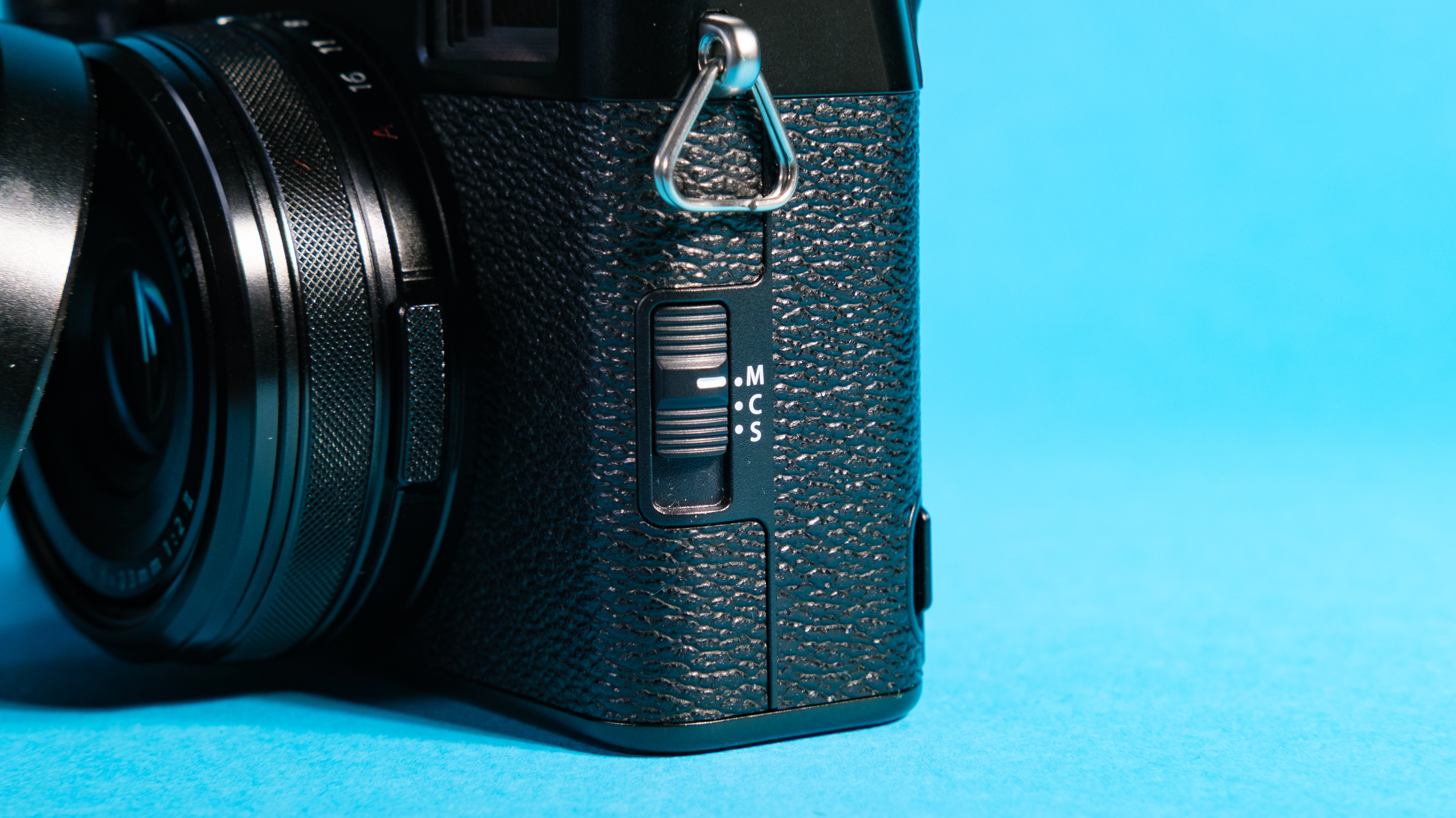
The Fujifilm X100VI uses Fuji’s latest AF system. Autofocus performance is strong, and a huge step up over cameras using Fuji’s older systems (including the X100V). There are numerous detection modes for human faces and eyes, animals, cars, motorbikes, trains and planes. It’s fast, reliable, and while not as downright impressive as Canon’s Dual Pixel CMOS AF II system, will be proficient enough for all but the most demanding of users.
Why does a purist street photography camera need AF that can track cats?
I’m not sure having a raft of AF modes really aligns with the whole ‘pure photography experience’ mantra — why does a purist street photography camera need AF that can track cats? That said, having a great AF system at your disposal is a good thing overall, and came in useful for locking onto the subject's eye when I shot the portrait below. Besides, you can always turn detection off or manually focus for a more challenging, classic experience.

I didn’t particularly enjoy manual focusing with the X100VI. The focus ring is nice and smooth, but has a long throw, resulting in a lot of turning to switch between near and far focus points. This slowed down manual focusing considerably.
Fujifilm X100VI review: Image performance
The Fujifilm X100VI is a stills-first camera, and Fuji has fitted it with the 40MP X-Trans CMOS 5 high resolution sensor and latest X-Processor 5 image processor. 40MP seems a tad overkill in a street- and travel-oriented camera, especially one with only a single UHS-I SD card slot. Fuji could’ve used the 26MP X-Trans 5 HS sensor from the X-H2S and I certainly wouldn’t have complained.
That said, when it comes to resolution, more is, well, more, so I’m not moaning. The X100VI’s images are beautiful and extremely sharp, with enough detail for severe cropping. When I blew up the RAW file of the architecture shot below, the fine details and patterns in the brickwork of the building were still very well defined.

The fixed wide-angle 23mm lens is equivalent to a 35mm focal length on a full frame sensor camera — a highly usable focal length, classically held as the ideal for street photography. It isn’t wide enough to generate barrel distortion, nor telephoto enough to restrict framing. Obviously, with a fixed lens, you’re forced to move yourself to frame shots when the need arises, although 40MP allows you to “cheat” by cropping wider shots later on. You can also purchase wide and telephoto conversion lenses from Fujifilm that alter the field of view from 35mm full frame equivalent to either 28mm or 50mm.

All the recent Fujifilm film simulation color profiles are available on the X100VI, plus the new Reala Ace profile first seen in the GFX100 II. It’s a true-to-life color simulation like the camera’s Standard Provia profile, although gives a slightly lower contrast more film-like effect. It provides a nice alternative to Provia for general shooting.



The X100VI’s 6.0-stop IBIS provides a stop less maximum stabilization than the systems in the Fujifilm X-H2/S, X-S20 and X-T5. On those cameras, I’ve had no issues shooting handheld with a 1 second shutter. With the X100VI, that resulted in blur from camera shake. However, at ½ sec shutter speeds the IBIS kept images sharp, as demonstrated by the first image in the gallery below.


Dynamic range performance is decent. The second image in the gallery above shows the same photo, an export of the RAW file, with the shadows boosted. Plenty of detail is revealed in the shadows, while the camera’s automatic dynamic range adjustment has done its job and mostly avoided blowing out highlights in the lit windows.
At ISO 6400, image noise is visible but far from destructive. The first image in the gallery below is a JPEG export of the camera’s RAW file after some minor processing to lift exposure. Image noise is especially noticeable in the background but doesn’t ruin the image. The second image is the out-of-camera JPEG, where the camera’s noise reduction has slightly smoothed out the background noise. The smoothing hasn’t resulted in significant loss of fine detail — you can still make out the individual strands of fur around the dog’s eye.


If you wanted to dabble in a bit of fast-paced shooting, the X100VI shoots at up to 20fps in electronic shutter mode. A UHS-I card will obviously cause more downtime than a UHS-II waiting for those large image files to write to card, but this is not a camera designed for high speed photography.
Fujifilm X100VI review: video performance
The Fujifilm X100VI is a stills-oriented camera and isn’t really suitable for serious video production thanks to its single UHS-I card slot and the lens’ fixed focal length. That said, it has enough credentials to make it useful for shooting the odd video clip in between photography.
The X100VI can shoot 6.2K at 30p at a 1.23x crop, or 4K/60p at a 1.1x crop, both in up to 10-bit 4:2:2 color. 240fps recording is available for slow motion, albeit only in Full HD. Of course, it also has IBIS, so any handheld video you shoot will be much less shaky than footage shot from an unstabilized camera.
Fujifilm X100VI review: Battery life and overheating
The X100VI uses Fuji’s NP-W126S battery. It’s the same battery found in the X100V and other older cameras including the X-E4 and X-Pro3. It isn’t Fuji’s finest, especially in comparison to the NP-W235 in the Fujifilm X-S20 and X-T5, but that battery would’ve demanded compromises in size, weight and form factor.
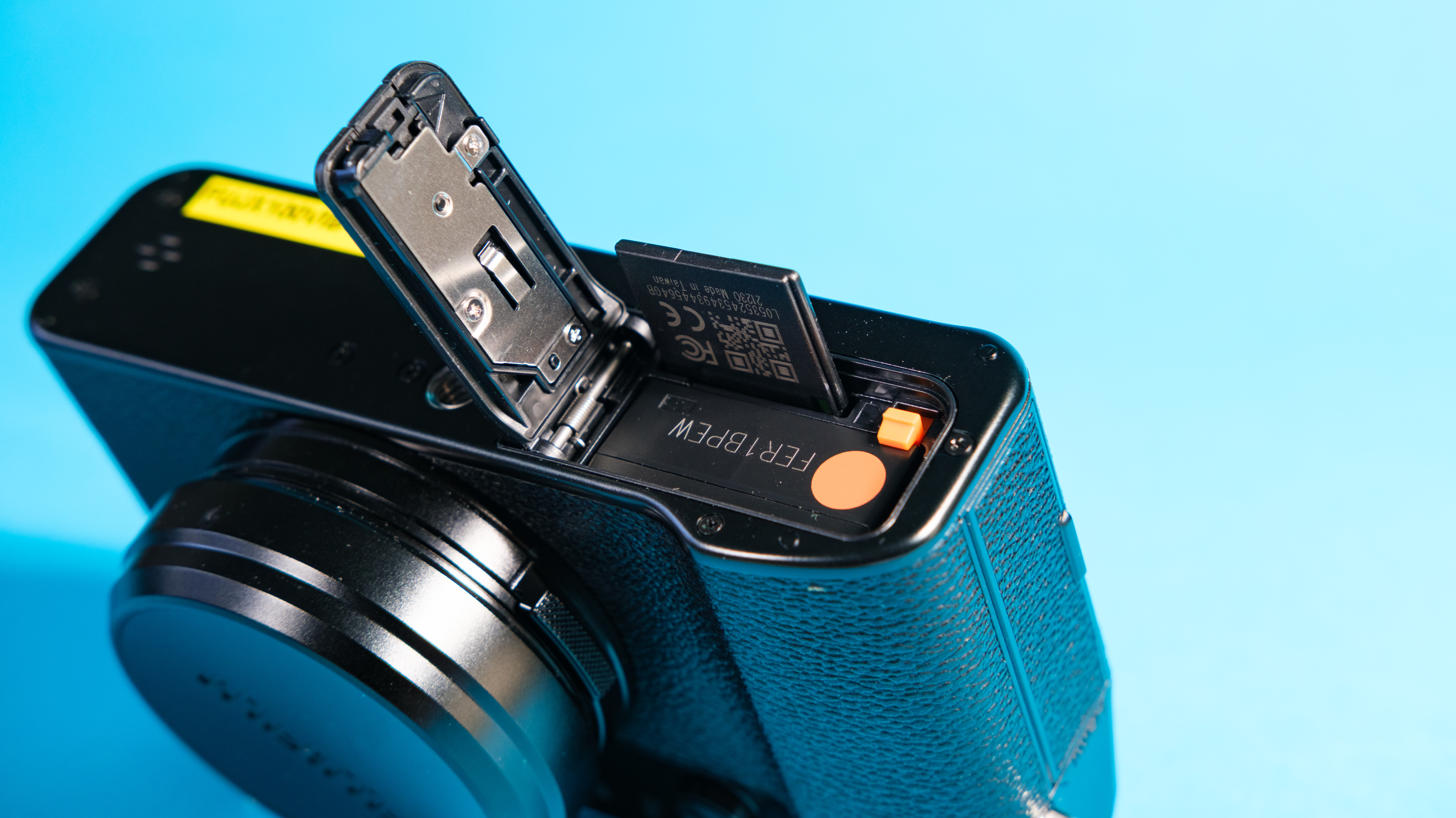
The X100VI is CIPA rated for 450 frames in economy mode, which is slightly on the conservative side but fairly accurate. For a whole day of shooting, you’ll want a spare battery — thankfully spare NP-W126S batteries come much cheaper than the larger NP-W235.
In our 4K/60p indoor video testing, the X100VI achieved 55 minutes of recording in total from a single charge. The camera overheated several times throughout that though — first at 25 minutes, and then at about 10-15 minute intervals (even after we allowed the camera periods to cool down).
Fujifilm X100VI review: Verdict
The Fujifilm X100VI is a fantastic camera. Its images are beautiful, the autofocus accurate, and the camera handles like a retro street camera should. It’s built impeccably and is incredibly handsome, too. At first I worried that the amount of features and tech Fuji has stuffed into the X100VI risked compromising the whole photographic purity ethos of the X100 series. After my testing, though, I don’t think that’s the case. The essence of this camera really comes from the way it handles, and all the extra tech is simply great to have when you need it.

The X100VI isn’t for everyone — obviously, if you want to swap lenses then you should look elsewhere. The 40MP Fujifilm X-T5 and 26MP X-S20 both offer IBIS, Fuji’s latest AF system and interchangeable lenses, although they sacrifice the rangefinder form factor. If that’s important to you, there’s the Fujifilm X-E4 or the X-Pro3, which feature the same rangefinder styling and handling, but feature the last gen (but still fantastic) 26MP X-Trans CMOS 4 sensor and older AF system. Neither have IBIS either. Of course, there’s also the X100V, which you can find second hand and has virtually the same feature set as the X-E4, only with a fixed lens.
I wouldn’t normally list so many alternatives to such a great camera, but unfortunately the supremely high demand means that you’ll find it tricky getting an X100VI any time soon. For now, the cameras above may be the closest to an X100VI you can hope to get.







